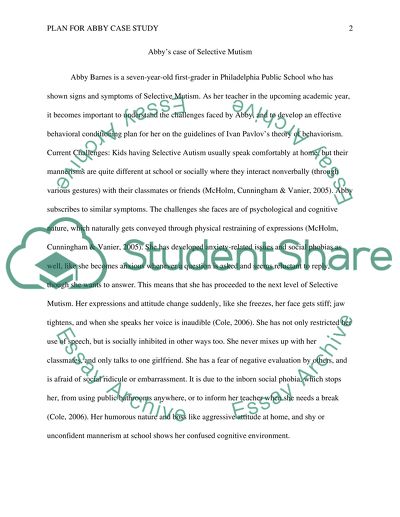Case Study Early Childhood Essay Example | Topics and Well Written Essays - 500 words. Retrieved from https://studentshare.org/miscellaneous/1600324-case-study-early-childhood
Case Study Early Childhood Essay Example | Topics and Well Written Essays - 500 Words. https://studentshare.org/miscellaneous/1600324-case-study-early-childhood.


